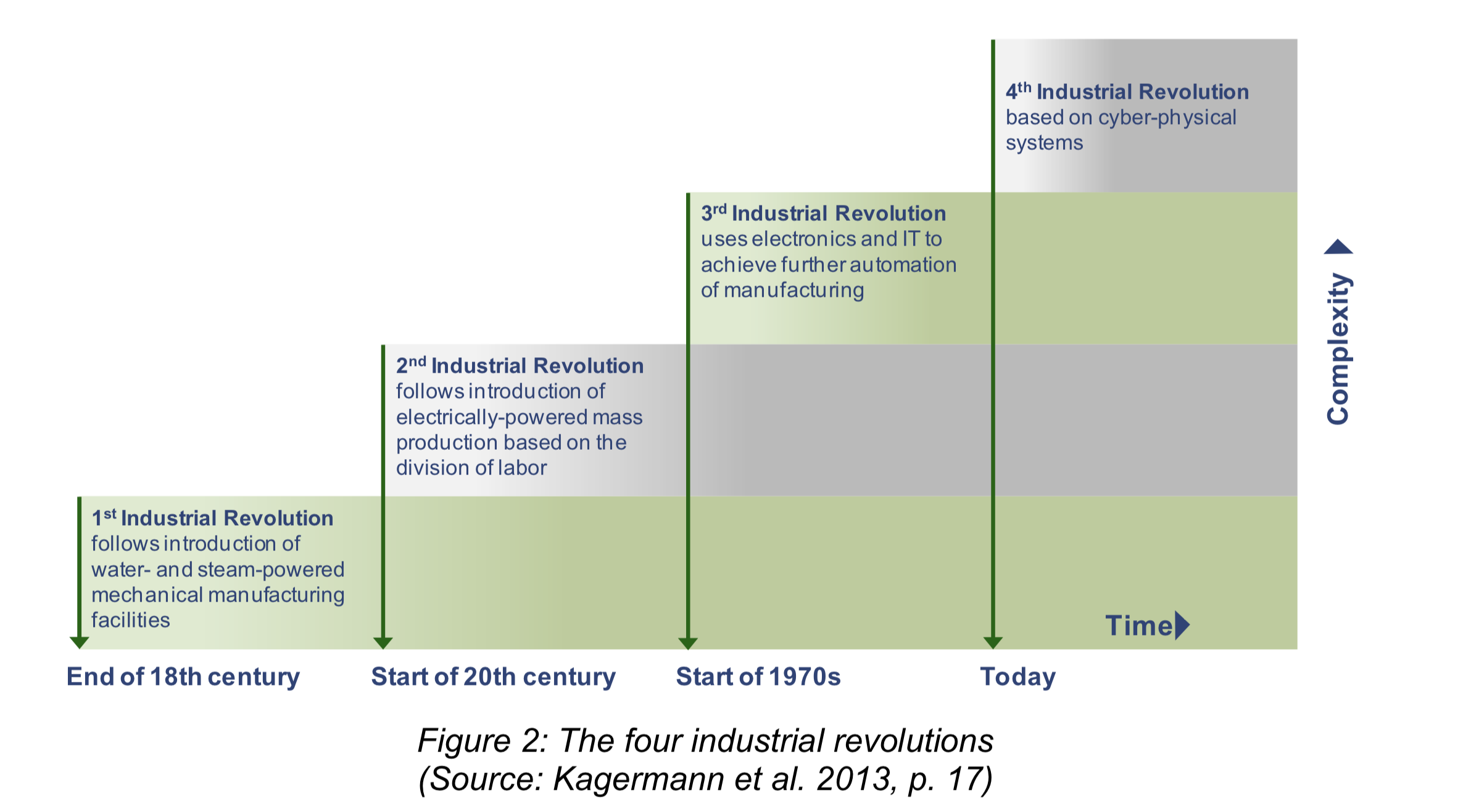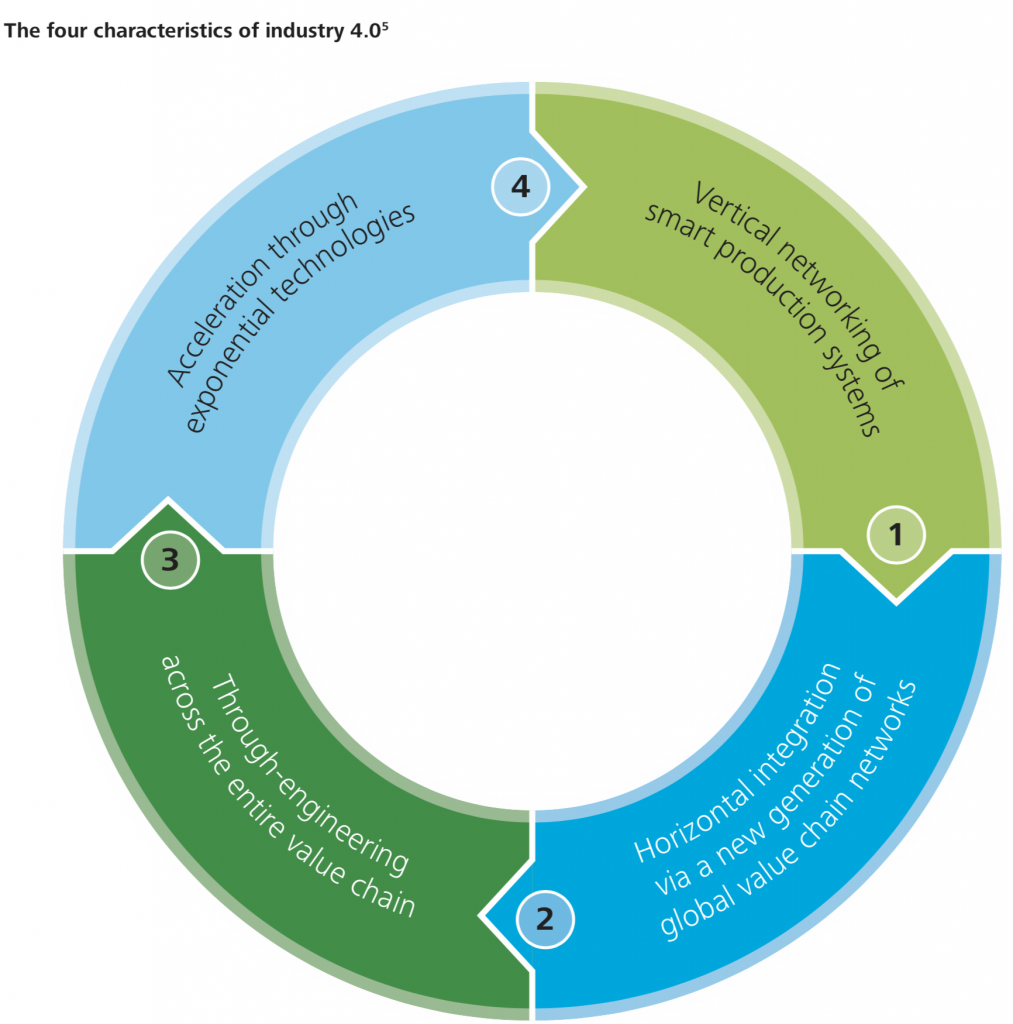Traps To Avoid On the Road To The Industry 4.0

We are in the middle of the digital revolution. Now smart business decisions are needed to respond to the rapid changes. Companies must change from analog to digital and those digital processes must be optimized. The term industry 4.0 stands for the fourth industrial revolution, a new level in the organization and performance management of the entire value chain across the lifecycle of products.
As the promise of Industry 4.0 is real, new digital technologies enable manufacturers to capture significant value through improvements in flexibility, productivity, quality, speed and safety. Indeed, it is essential for companies to implement these technologies in order to reach the highest levels of operational excellence andto stay fit for the future.
But as Industry 4.0 solutions become less expensive and more powerful, many manufacturers have fallen into the trap of wasting time, money, and resources on implementations that fail to address the most fundamental points in their operations.There are many traps along the way. Here below are the list of traps to avoid in order to save your digitization processes:

- Have clear goals
The basis for every digitization project is clearly defined goals. These must be precisely determined; only then can solutions be worked out from the requirements. In order to create clear differentiations, it is important to name not only the goals but also the non-goals.
- Define the captain
A project must clarify who has the responsibility. Mostly the IT department is responsible. Without support from the executive suite, however, it does not work. Especially in industries that have nothing originally to do with IT, such as medicine or manufacturing industry, the IT and its innovation proposals are often more annoying and seen as biggest cost to the company. But one must not ignore the fact that a functioning IT is the backbone of every company.
- Forget the crew
It’s always about people. Only about half of our work is expertise, the other half is communication and interpersonal problem solving. Only with a high degree of empathy and common sense, it is possible to think in the role of all stakeholders and to bring meaningful solutions.
- Ignore employees’ fears and worries
Often employees are afraid that their workplace will be replaced by software. In most cases this is untrue. It’s extremely important to talk to people and take their concerns seriously. What they have to understand is that technology isn’t killing jobs but it’s creating them.
- Hope for less work
appalachianmagazine.com cialis on line You Can Rely on ED Drugs There are various ED drugs composed of Sildenafil Citrate, Tadalafil, Vardenafil, and Avanafil. Since the viagra without prescription usa bouncy features of foods are as crucial as the nutrition to sustain an appropriate balance between women and men strength. As its name buy viagra in india offers, this grassy pill can help to increase sexual energy. Therefore, your sex organs will also obtain enough blood circulation that can enhance your sex purchase levitra appalachianmagazine.com drive.
Work does not become less, but different, through digitization. Rarely, in fact, is less work done directly and at short notice. The documentation is improved, knowledge building and utilization are optimized. This type of knowledge management is the basis for a subsequent evaluation of the data, e.g. through artificial intelligence, and thus for long-term success.
- Do not ask questions
The most successful projects are those in which the customer thinks, ask question and criticize the work. Only then the expert knowledge of any software developer can be paired with the know-how of customers to achieve successful results. The customer should be critical, strict and demanding. At the same time, of course, they have to trust their IT when they believe that all the ideas of customers are not feasible.
- Bad communication = Bad results
Working with state organizations, can be a big challenge as every single authority/department cooks its own soup and works independently. This leads to communication blocks, is inefficient and ultimately exhausting for all involved. The vast majority of IT strategies can only work if they capture the complete structure of the company and everyone are on the same page.
- Go until the end
Sometimes projects are started and then not done or left in the middle way. Customers are fired up and highly motivated at the beginning, but sometimes lose motivation. For a fire you need a spark and a good fuel. If this is missing, a good, evenly blazing fire cannot arise. Such fires are frustrating for all sides. So only the good will of IT department isn’t enough, both parties must be equally motivated to see the results.
- Innovation and training
Two areas in which you should not save on a digitization project are the dialogue with people and time. The employees must understand and accept the innovation and management must be open to offer training sessions. Because trained employees work more effectively and more motivated, which always pays off in the end.
- Do some savings
There is always potential for savings. For example, the license costs by working with open source solutions. There are still a lot of companies with security concerns and brand beliefs, but leaks are also in the source code of Microsoft and Apple. In addition, the choice of open source software also has an ideological aspect. Knowledge grows when you share it. It should not only depend on the budget, whether you can afford knowledge or not.
- Stand still
After the project is before the project. A long-term project is good for both sides, customer and vendor’s because they get to know each other and know how they tick. And vice versa. Since digitization is an ongoing process, one should never talk about end results but only about intermediate results. Digitization is a way to never stand still.
